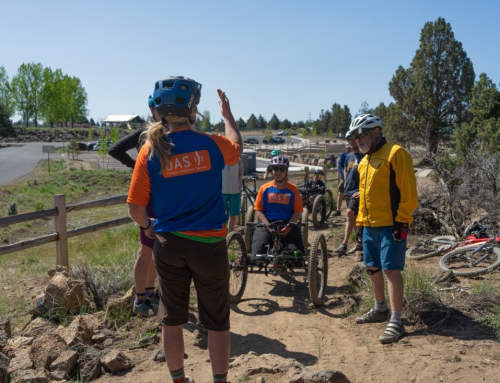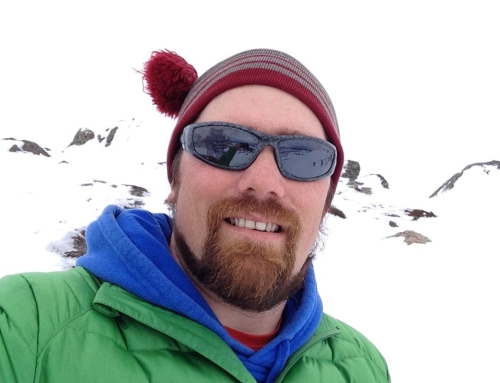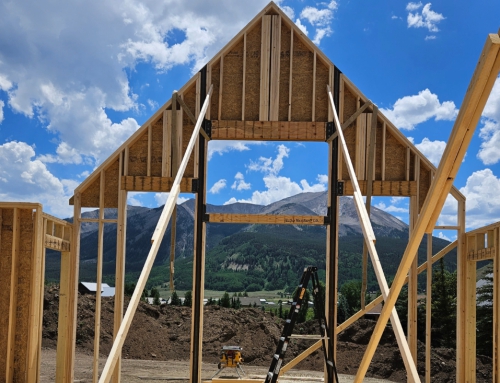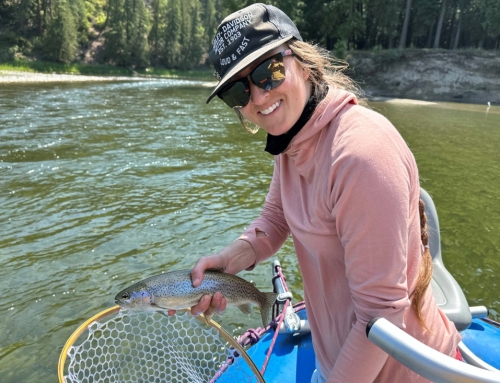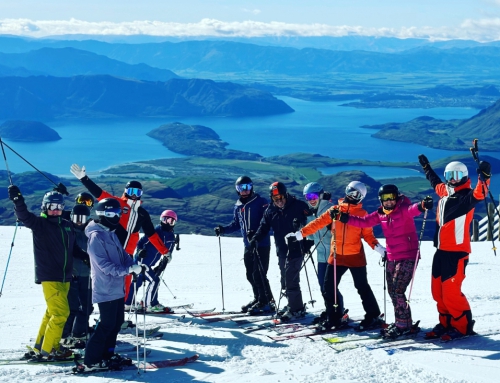Education Task Force Highlight: Josh Pighetti
The Education Task Force Highlight Series spotlights education leaders working to create new Certification Standards, education resources, and communication strategies that will benefit all members.
In this highlight, we sit down with Pennsylvania State University Ph.D. Student Josh Pighetti.
What task force are you on?
Since joining the ELC last year, I have worked with a few of the task forces including Adaptive, Cross Country, and Children’s Specialist. I am most involved with the Quality Assurance and Enhancement Subcommittee of the ELC.
What’s your current snowsports job title?
I am Ph.D. student in the department of Recreation, Park and Tourism Management at The Pennsylvania State University in collaboration with PSIA-AASI. I am focusing my research on continuing education and professional development. On the snow, I am a ski and snowboard instructor at Tussey Mountain in State College, Pennsylvania, as well as a volunteer adaptive instructor with Disabled Sports Eastern Sierra based out of Mammoth Mountain, California.
Please share a brief bio of your professional snowsports instruction history
I started as an intern at Disabled Sports Eastern Sierra (DSES) in Mammoth Lakes, California five years ago. Prior to the internship, my exposure to snowsports instruction went no further than the few first-time beginner ski and snowboard lessons I took as a young child. With the introduction to PSIA-AASI, I was immediately enthralled and motivated to develop as a snowsports instructor – in alpine, snowboarding, and adaptive disciplines. Over the last five years, I have continued to instruct with DSES as a full-time staff instructor and now as a volunteer, and I instruct at Tussey Mountain while pursuing my Ph.D. at Penn State University. I have also traveled south to Chile to instruct adaptive snowsports, specifically monoskiing.
What is your current role on the task force?
My role with the ELC is to enhance the professional learning and development journey for PSIA-AASI members. As a part of QAE, I am involved in data analysis of various aspects of PSIA-AASI, including patterns and trends in instructor characteristics, education engagement, and certification.
What are the task force’s main goals and how are you working to accomplish them?
As each task force continues to work at various stages on the Certification Standards, I am working alongside them to identify and develop the best ways to engage and educate PSIA-AASI instructors. The data analysis in QAE will allow PSIA-AASI to continually identify, measure and address the quality and effectiveness of instructor education and development programs.
How will this benefit members?
The work we are doing will support instructors as they continue to learn and develop throughout their snowsports careers. By incorporating theories, concepts, and best practices from the fields of general education and from adult education, we hope to bolster the instructor growth and development journey.
Why is it important to you to work for the benefit of other members?
I want to support fellow instructors through the positive growth and development that I have experienced and I continue to experience as a PSIA-AASI instructor.
What’s the fun factor?
The strongest influence on my fun factor is the community of instructors. No matter the conditions, the terrain, or the mountain we are sliding down, I can guarantee that the fellow instructors whom I share my turns with have the greatest impact on the fun I experience. I am proud to be a member of an organization, and community, of over 32,000 snowsports instructors that are just as motivated and enthusiastic to share their love for the sport through education.
Favorite part of being an instructor?
My favorite aspect of being a PSIA-AASI instructor is having the opportunity to be an advocate for lifelong participation in snowsports by creating and facilitating positive educational experiences for skiers and snowboarders of all ages and all abilities.


